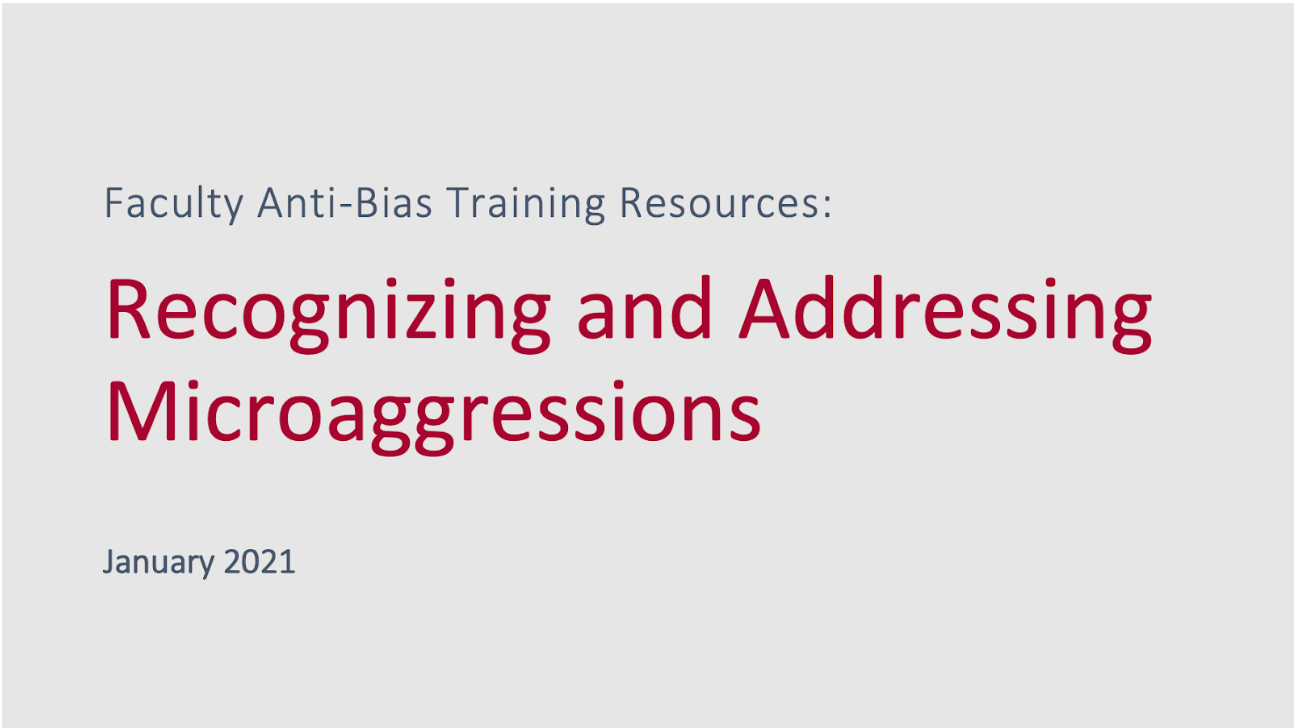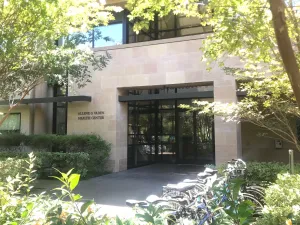What do you think of when you hear the statements: “America is the land of opportunity” and “Everyone can succeed in this society if they work hard enough?”
Most people would think of the American Dream and its boundless optimism, but according to Stanford’s Office of Faculty Development, Diversity, and Engagement, these phrases are harmful, discriminatory microaggressions that faculty should never utter. Apparently, while sticks and stones may break your bones, words will most definitely hurt you.
The above quotes and dozens more “microaggressions” can be found within a 16-page document on “Recognizing and Addressing Microaggressions” that is part of Stanford’s “Faculty Anti-Bias Training Resources.” It is alarming that Stanford’s faculty, which include some of the nation’s brightest minds, are being instructed by Stanford’s DEI bureaucrats to follow an ever-expanding set of speech codes.
The document defines a microaggression as: “a term for commonplace, verbal, nonverbal and environmental slights, snubs, or insults, which may be intentional or unintentional, that communicate negative messages to target persons based on their marginalized group status” which causes a “negative impact on physical and mental health.”
According to the document, continual exposure to microaggressions is like “death by a thousand cuts.” To combat this “problematic communication,” the document outlines a theory of microaggressions, talks about their effects (triggering, of course!), and ultimately provides faculty with an eight-step action plan to correct their troublesome language.
The document lists three different types of microaggressions: microinvalidations, microinsults, and microassaults. Microinvalidations allegedly “negate and exclude the feelings” of “a person from a marginalized group.” The guide lists several common examples of microinvalidations:
- Saying “men and women have equal opportunities for achievement” or “we hire for excellence” perpetuates the “myth of meritocracy.” Translation: Stanford’s faculty should adopt a negative stance toward meritocracy, which is odd for a university focused on producing cutting-edge research. Daring to believe in equal opportunity, meritocracy, and self-determination is now an act against marginalized groups.
- Claiming that one is not racist by saying “I don’t see color,” is a microinvalidation that perpetuates “color blindness.” Clearly, according to this guide, we should forget about the entire goal of the Civil Rights movement: for everyone to be seen the same.
- Being curious about a student or fellow faculty member’s background is also now criminal. Asking, “where are you from or where were you born?” allegedly makes people feel like an “alien in one’s own land.”
Microinsults, the next type of microaggression, include behavior or verbal remarks that “convey insensitivity and rudeness.” Even telling a loud person to be quiet can be construed as racist — asking, “why do you have to be so loud/animated?” and saying to “calm down” apparently “demean[s] a person’s cultural heritage.” It signals that the communication styles and values of “the dominant culture are ideal/normal.” So while asking someone to “calm down” is an act of racial hatred, believing minorities can’t follow standard communication patterns isn’t… got it?
The document even elevates what previously was called an insult, to the level of assault — microassaults, the last microaggression type, include “name calling, shunning or purposeful discriminatory actions.” The document also expects readers to go through the mental gymnastics of redefining the word violence; microassaults are called “violent verbal or nonverbal attacks.” Violence is now whatever causes any amount of discomfort — you know, obviously offensive things, like using “heteronormative” or “gender-binary” language (which applies to 95% of people). Even if you looked at someone oddly, that too could be considered an act of violence…
What exactly results from a microaggression? Triggering! The document trumps up any irritation caused by a microaggression into a severe mental episode for the ‘harmed’ individual. The guide gives more context by linking to an article on the website “Everyday Feminism” (an “educational platform” for “social liberation,” and a way to inflict the pain of third-wave feminism on all of us). The website's actual explanation of what causes triggering is: “Anything. Absolutely Anything.” And, that is perhaps the most damning part of the document — the delusion to believe that anything and everything could cause an emotional breakdown.
By Stanford’s assessment, faculty must acknowledge that everyone’s “perspective is their reality and truth.” Is there really any fundamental truth if professors are supposed to believe every perspective is subjective? This is really about neither reality nor truth. It’s a step-by-step reorganization of how normal social communication should work, all in the name of “protecting” students from anything which could possibly offend their sensitive ears.
If you are a member of the Stanford faculty who has faced enforcement action from the University because of an alleged violation, reach out to us. Stanford should not be training its faculty to police everyday speech, much less attempting to sanction them if they do not comply.






